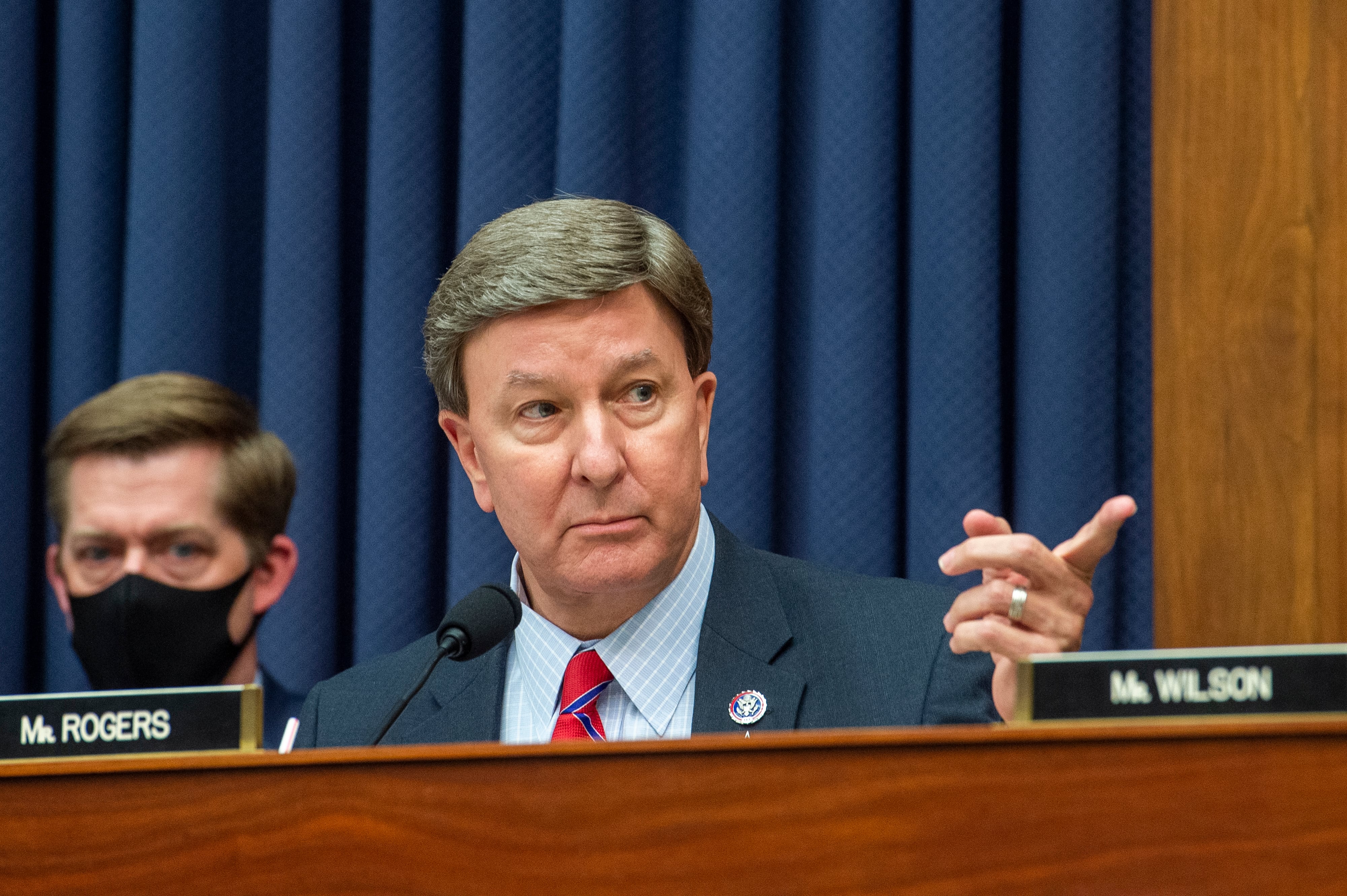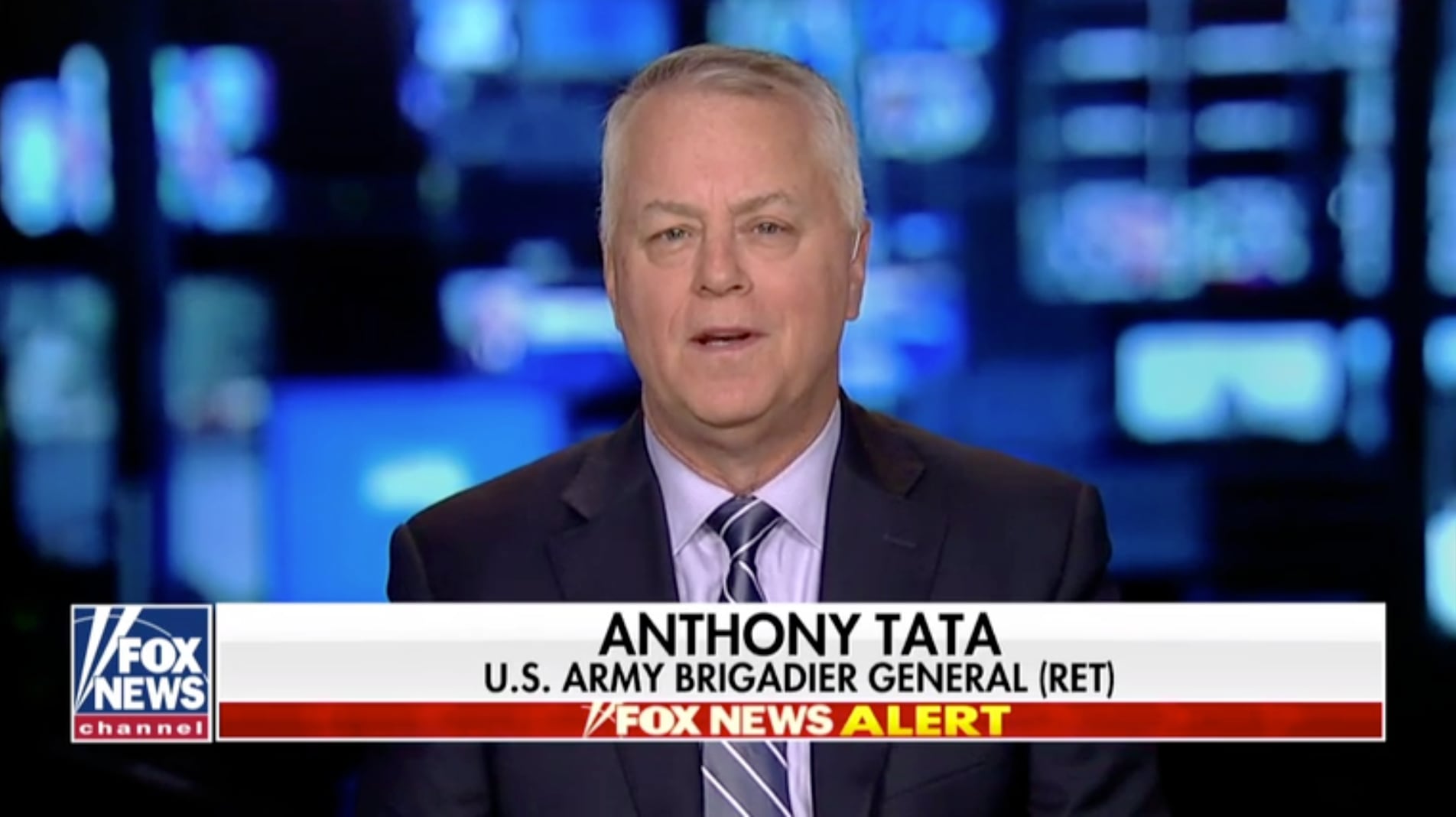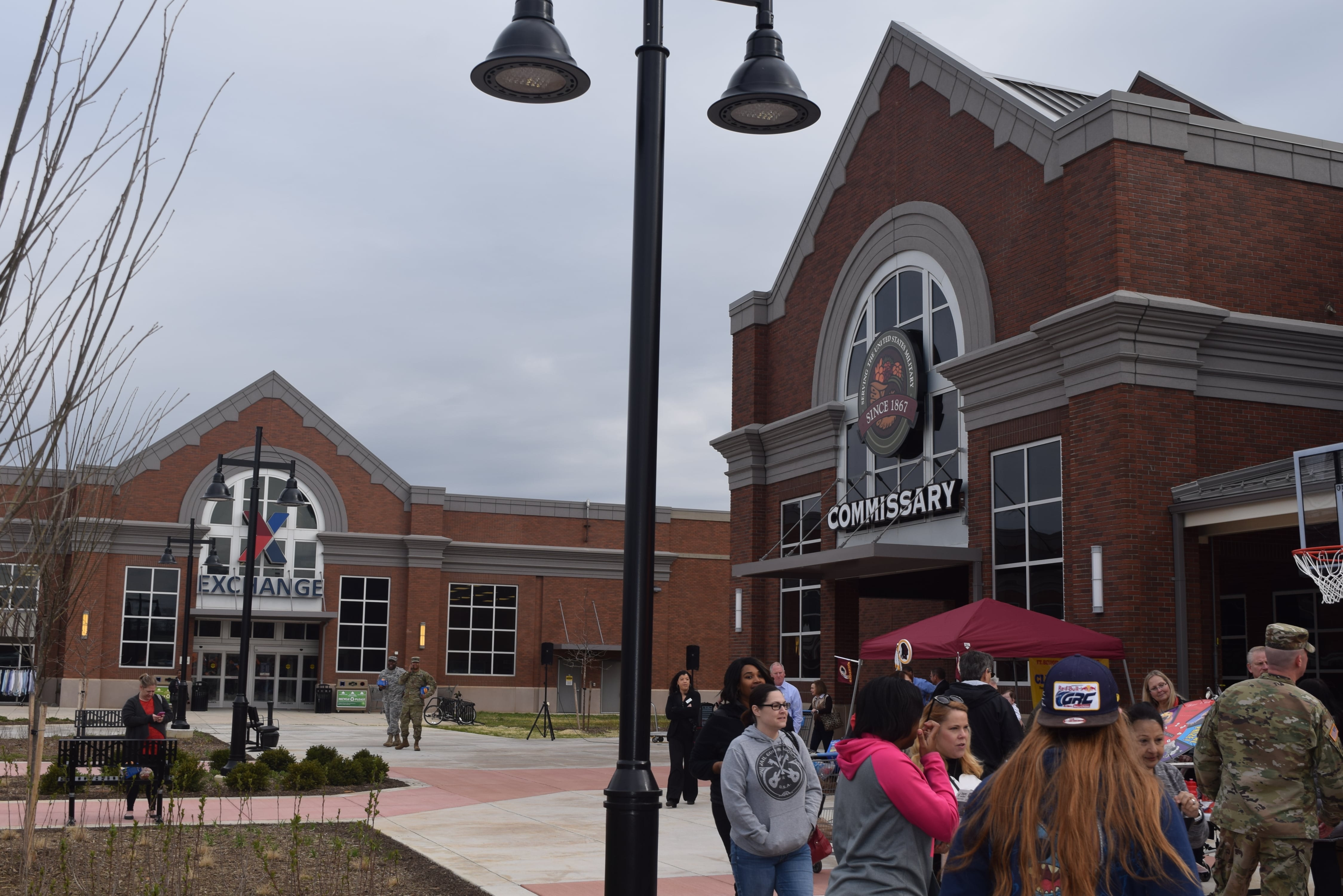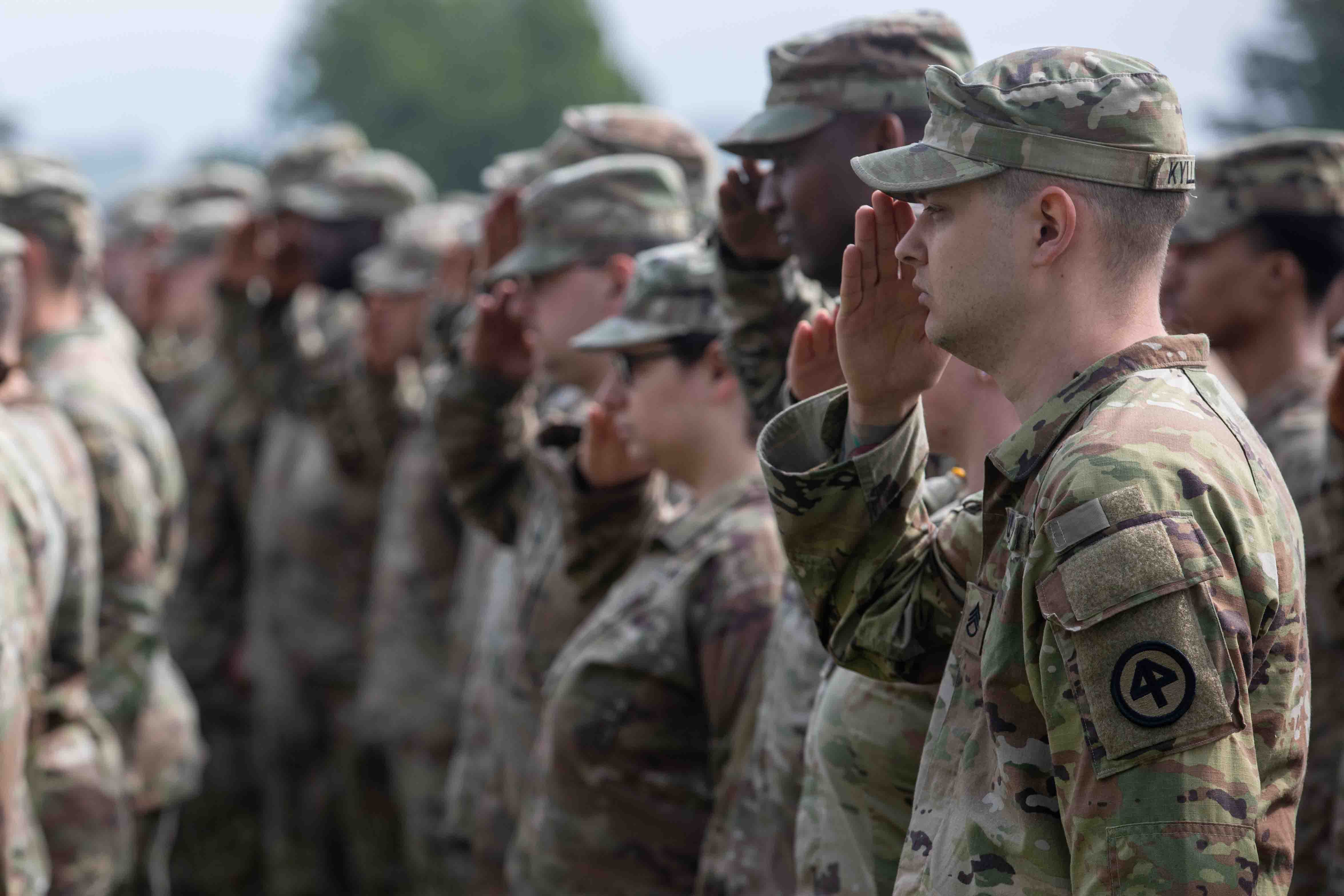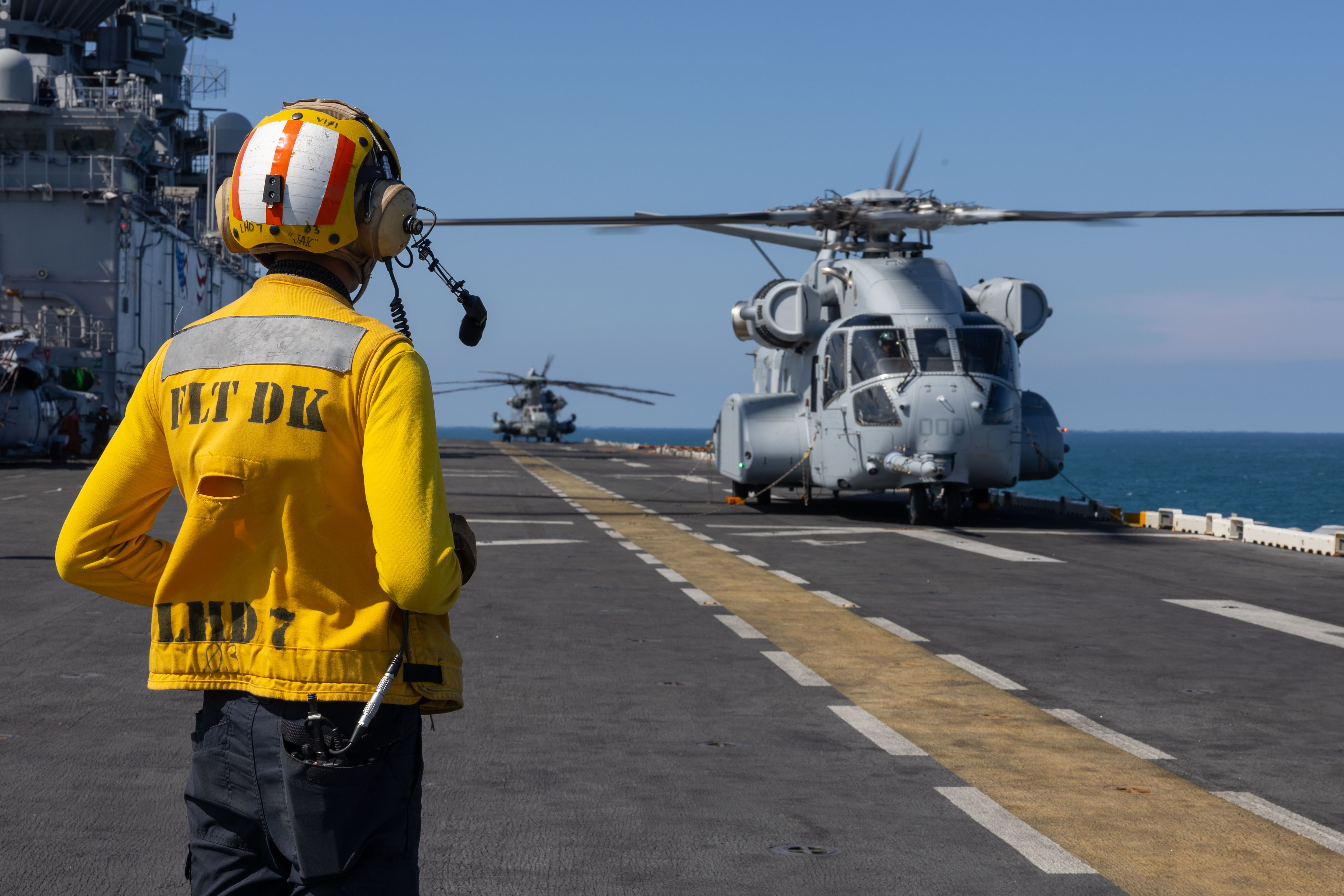source GAIA package: Sx_MilitaryTimes_M6200910903090330_5675.zip Origin key: Sx_MilitaryTimes_M6200910903090330 imported at Fri Jan 8 18:18:02 2016
Even after their investment portfolios lost a combined $163 million in the recent stock market downturn, the three largest military relief societies still sit on $419 million in reserve assets.
According to preliminary, unaudited figures for 2008:
• Army Emergency Relief's reserve fund lost $80.6 million and stands at $213 million.
• Air Force Aid Society's reserve fund lost $40.8 million and is at $123 million.
• Navy-Marine Corps Relief Society's reserve fund lost $42 million and is at $84 million.
The relief societies say they are having to tighten their belts in the wake of the decline in reserve assets, making cuts in such areas as their education grant programs.
But officials say their losses will not impair their main mission: to help eligible troops and families buy food, pay for car repairs and take care of other emergency needs.
Other philanthropic groups say the fact that the relief societies can take such huge hits and still have so much left in reserve is a sign that the size of their cash stockpiles, and how they dispense that money, reflects a flawed business model — particularly amid two ongoing wars and deepening economic malaise.
Many loans, few grants
With deep roots in the military communities, AER, NMCRS, AFAS and the much smaller Coast Guard Mutual Assistance spend less of their donations on fundraising, compared with overall assets, than most charities.
The relief societies, headed by retired flag officers and with offices worldwide, are private organizations, but they are the official charities of their services, supported by springtime fundraising drives at bases. They receive on-base office space, saving them money on overhead.
And to be sure, they help many service members and families. In 2008, the societies provided more than $131.8 million in emergency financial loans and grants, along with more than $22.1 million in education loans and grants.
But the relief societies maintain their money reserves largely by providing most of their aid as no-interest loans, rather than grants that do not have to be repaid.
Last year, 92 percent of AER's emergency financial assistance was in the form of no-interest loans; 8 percent was in grants. For AFAS, the ratio was 94 percent loans, 6 percent grants; for NMCRS, it was 88 percent loans, 12 percent grants.
In one case that put the relief societies' loans-versus-grants policies in stark relief, an Army private first class and his family were burned out of their military housing by a fire that killed their 9-year-old daughter in 2007.
The local AER office would give them only a loan, not a grant. TriWest, one of the military's Tricare contractors, donated $2,500 to AER specifically to pay off that family's loan.
The nonprofits USA Cares and Operation Homefront, two of the higher-profile national grassroots charities that have emerged since Sept. 11, 2001, operate differently.
Although their assets amount to a tiny percentage of what the relief societies have, the groups give 100 percent of their aid as grants.
In 2008, USA Cares gave $1.3 million in emergency aid, while Operation Homefront provided $12.5 million. Unlike the relief societies, they also provide in-kind help — finding a person in a local community willing to donate funds or labor for a repair, or a donated washer and dryer to help cut costs for a family in financial distress.
The American Institute of Philanthropy, a charity watchdog group, believes that a charity should not stockpile more than three years' worth of reserve assets.
Based on the relief societies' assets at the end of 2007, the latest period AIP has reviewed, the institute estimated that AER had enough in reserve to operate for more than 12 years without taking in another penny in donations.
"There are limited charitable resources," said Daniel Borochoff, president of AIP. "If every group started doing this, there wouldn't be money to help."
AIP does give the relief societies high marks for their low operating costs and for using a high percentage of donations for assistance programs. But AIP's most recent quarterly report in December gave AER and AFAS an F, and NMCRS a C, for the size of their reserve assets.
Charity Navigator, another group that rates charities, is more charitable, noting that long-term sustainability is just as important as short-term spending plans.
"Well-managed charities recognize that charitable giving ebbs and flows, just like the larger economy," said Sandra Miniutti, Charity Navigator's vice president of marketing.
Charity Navigator gives high marks to charities that have six months' to a year's worth of working capital on hand, but does not penalize those that maintain larger reserves, she said.
AER and NMCRS get the highest rating — four stars — from Charity Navigator, while AFAS gets three.
Those ratings are based on 2007 financial statements. AFAS increased its emergency aid by 63 percent in 2008, mostly in the form of loans, including a new program designed to be an alternative to payday loans.
AIP's Borochoff maintains that even with their 2008 losses, the societies "still have excessive amounts in reserve. This is the reason they built up their reserves, for times like this."
'We don't hoard'
The relief societies disagree.
"We don't hoard anything," said retired Army Lt. Gen. Robert Foley, director of AER. "No one is denied assistance because of lack of funds."
Borochoff contends all charities "are being asked to do a lot more with less money. [The relief societies] could help lessen the burden of other charities trying to provide aid."
Bill Nelson, executive director of USA Cares, agrees. "The same AER counselor who cannot help a soldier will often give the soldier our phone number," he said.
In 2008, AER referred 367 cases to USA Cares, whose assets are a fraction of AER's, Nelson said, adding that the relief societies have "stuck to outdated policies."
"When a family is struggling, it's difficult to repay a loan, even if it is interest-free," said retired Army Command Sgt. Maj. Roger Stradley, founder of USA Cares.
Relief society officials say the needs of the service member and family are always considered.
Foley said AER empowers its local officers on posts to make the call on whether to provide grants or interest-free loans.
The relief societies have appeals processes for those who don't get the financial aid they request.
If an NMCRS caseworker turns down a request, another person must review it, spokesman John Alexander said. If the request is again denied, the client can appeal to NMCRS headquarters. If denied at that level, the client can go to the local command, which can work with NMCRS.
AER's appeals process is to have clients go to their garrison commanders, said retired Army Col. Dennis Spiegel, AER deputy director for administration.
AFAS' chief executive officer, retired Air Force Lt. Gen. John Hopper Jr., said AFAS' policy is to have headquarters review any request that a local office thinks should be denied.
He said he once talked to a captain with a traumatic brain injury whose wife was recovering from cancer and had just had a baby. The captain had previously received several AFAS grants, but went to another charity when his family needed more help.
"That organization called us," Hopper said. AFAS ended up giving the captain more grants, bringing his total aid to $12,285.
The captain said he didn't want to call AFAS again because "he didn't want … to affect the help we give to other airmen," Hopper said. "But that's what we're here for."
How AER works
plus

